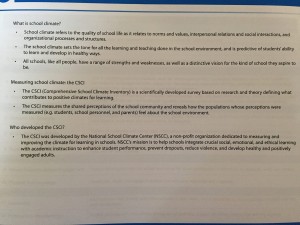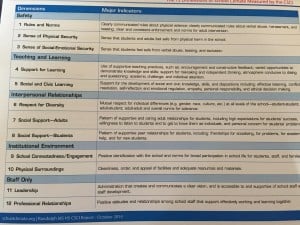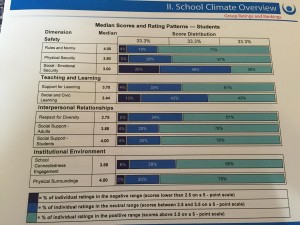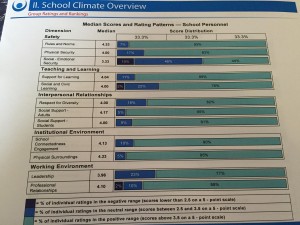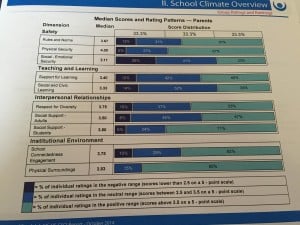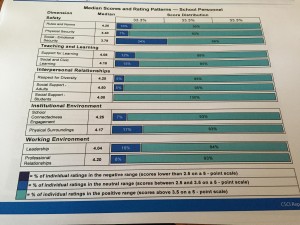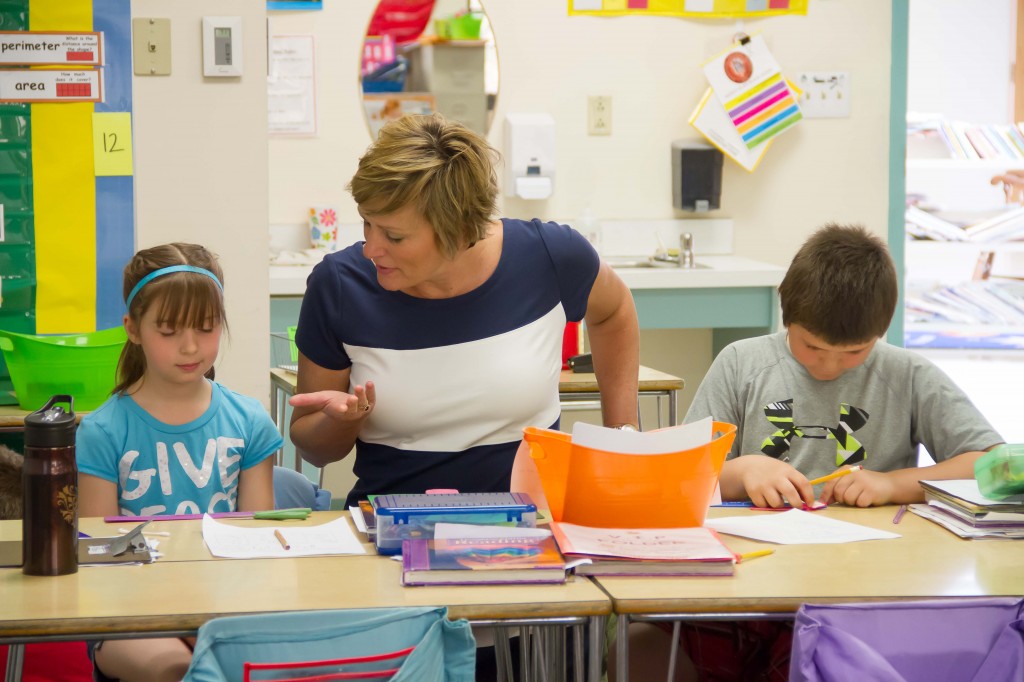The Brown Center on Education Policy published this report School Superintendents: Vital or Irrelevant? in September, 2014. I read the report with great interest, largely because it’s my fervent intent to leave this world some day having made a significant difference with my life. As a school superintendent, my primary and most important responsibilities are to support and improve our educational program.
As a public school system, our central mission, or reason for being, is to educate the 953 children who reside within the Randolph Central School District. Every part of our operation from finance to cafeteria to bus drivers to support staff to teachers and administrators function because we must educate our children. That includes me.
The report looks at administrative data from the states of Florida and North Carolina for the school years 2000-01 to 2009-10. The researchers examine the following questions:
1. What are the observable characteristics
of superintendents, with a focus on their
length of service?
2. Does student achievement improve when
superintendents serve longer?
3. Do school districts improve when they hire
a new superintendent?
4. What is the contribution of superintendents
to student achievement relative to districts,
schools, and teachers?
5. Are there superintendents whose tenure
is associated with exceptional changes in
student achievement?
At Randolph, we have made tremendous gains in student achievement over the past three years. If someone asks me how we did it, I can answer that question with considerable depth. As the leader of our school district, I have a part in that growth for having worked with all constituencies to set the course, the focus, the financial priorities, and the expectations that our school community has embraced. Absolutely indisputably, I KNOW that no one within the system is more important to the growth of a child in school than the teacher who stands with him every day. I also know that a leadership team can make a considerable difference for that child through their actions and the continuous improvement that we expect of ourselves and every other member of our school community.
The authors at the Brown Center found the following:
1. School district superintendent is largely a
short-term job. The typical superintendent
has been in the job for three to four years.
2. Student achievement does not improve
with longevity of superintendent service
within their districts.
3. Hiring a new superintendent is not
associated with higher student
achievement.
4. Superintendents account for a small
fraction of a percent (0.3 percent) of
student differences in achievement. This
effect, while statistically significant, is orders
of magnitude smaller than that associated
with any other major component of the
education system, including: measured
and unmeasured student characteristics;
teachers; schools; and districts.
5. Individual superintendents who have an
exceptional impact on student achievement
cannot be reliably identified.
When I was first considering a superintendency, my mother said, “I don’t care where you go Kimberly, but pick someplace and stay there or you’ll never make the difference you want to make in the world.” She was right. Further, in this decade, on this day, in our school district, I know I’m making a difference in student achievement through my leadership, my relationships with building level administrators, teachers, students and parents. I’m making that difference not because I’m exceptional but because of the focus of my leadership. As superintendents, we have to include the central mission of our systems in our focus, goals and direct involvement in our instructional programs. Many of my colleagues are doing so every day, right here in Western New York.
I don’t dispute the author’s findings for the time period they studied. The traditional role of the superintendent is changing and no longer can the authors’ conclusion be considered acceptable for our school systems:
Superintendents may well have impacts on factors
we have not addressed in our study, such as the
financial health of the district, parent and student
satisfaction, and how efficiently tax dollars are
spent. And to be certain, they occupy one of the
American school system’s most complex and
demanding positions. But our results make clear
that, in general, school district superintendents have
very little influence on student achievement in the
districts in which they serve. This is true in absolute
terms, with only a fraction of one percent of the
variance in student achievement accounted for by
differences among superintendents. It is also true in
relative terms, with teachers/classrooms, schools/
principals, and districts having an impact that is
orders of magnitude greater than that associated
with superintendents.
It remains our responsibility to fill all of the more traditional roles, like attending to the financial health and capital projects and bargaining agreements. It is also our most important responsibility to positively impact our instructional programs. Our public school systems are under attack from seemingly innumerable sources. Being a school leader means standing up and saying, “the quality of our education, our expectations for ourselves and our children, our ability to make a difference in the lives of the children we serve–this is our focus, our mission, and our duty.”
